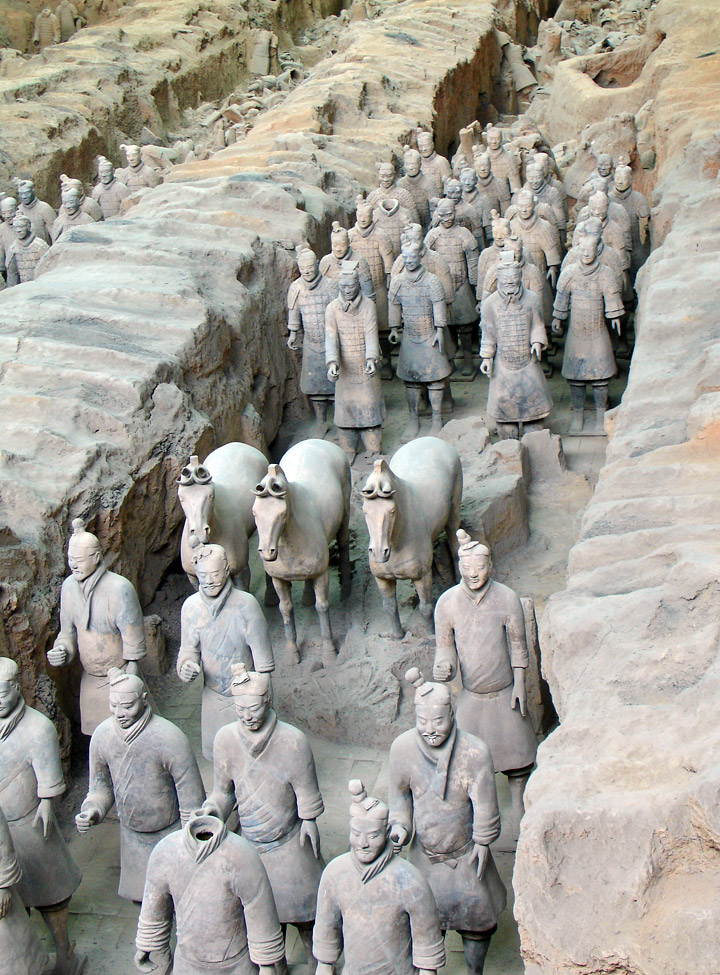As a follow-up to The Shanghaiing of Arts Education, I am happy to direct you to a very interesting blog by Yong Zhao: “It Makes No Sense,” Puzzling Over Obama’s State of the Union Address.
It’s a very important read, as it tackles the emerging mythology on how China goes about educating its students:
Is it true that “China and India started educating their
children earlier and longer, with greater emphasis on math and science?”
No, China has actually started to reduce study time for their children, with less emphasis on math and science
I am not familiar with education in India so I will stick to China and I
assume President Obama meant education in schools, not education at
home. Unless he meant 50 years ago, the statement is completely false.
The school starting age in China has remained the same at age six since
the 1980s when China’s first Compulsory Education Law was passed in
1986. Since the 1990s, China has launched a series of education reforms
aimed at reducing school hours and decreasing emphasis on mathematics.
Here’s another tease, just to make sure you click on through:
Is it true that Race to the Top is the most meaningful reform of public education in a generation?
Again, it depends. It depends on how one defines
“meaningful.” If defined as the scale of impact without questioning
whether the impact is beneficial or not, it may be true but considering
the actual consequences, Race to the Top is neither meaningful nor
flexible. It does not focus on “what’s best for our kids” nor spark
“creativity and imagination of our people.”
I know that many of the Dewey21C readers were probably thinking that the recent reports on how the US performs on the Program for International Student Assessment (PISA) would augur an even greater feeding of the educational industrial complex build on standardized testing in ELA and math.
While I cannot say that fear is unfounded, it certainly helps to read Yong Zhao’s blog…




